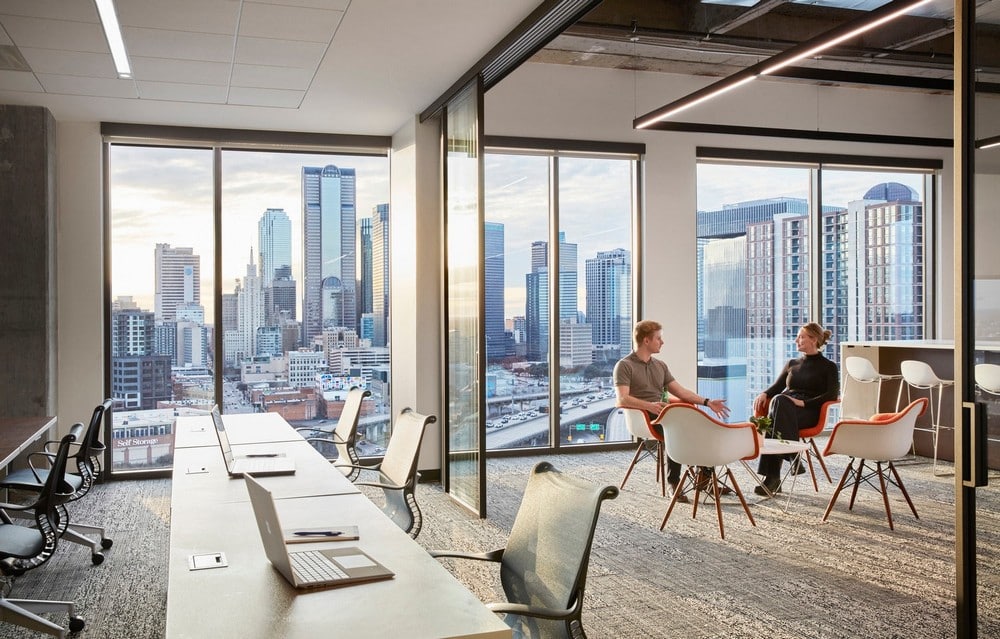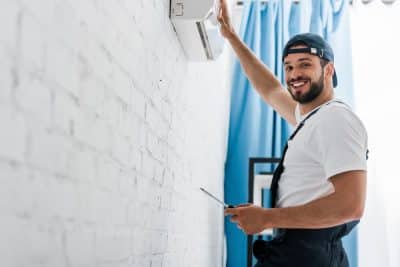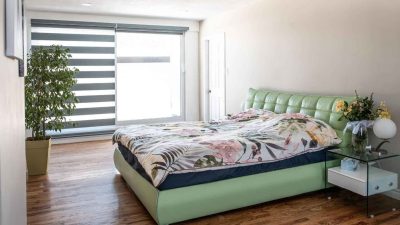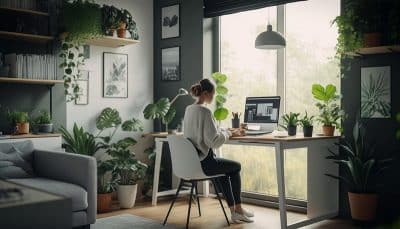We often think of great design as something purely aesthetic a pleasing color palette, a trendy layout, or eye-catching fixtures. But for retail staff, good design is more than just nice to look at. It directly affects how they move, feel, and work. A well-designed space can reduce stress, enhance productivity, and even help retain employees. If your focus has been solely on customer-facing visuals, it’s time to broaden that lens. Let’s dig into how thoughtful design creates better work environments for the people who keep your business running every day.

Prioritize People: How Design Supports Staff
Retail staff are constantly moving stocking shelves, helping customers, and working long shifts on their feet. If your layout makes basic tasks harder than they need to be, you’re not just creating inefficiencies; you’re building frustration into the daily experience.
Designing with staff in mind means taking a hard look at workflow. Are the stock rooms easy to access? Can employees reach necessary tools or supplies without crisscrossing the store? Even details like the placement of break areas and the flow between service stations play a big role in keeping the team comfortable and capable.
When you create spaces that work for your staff, they can serve customers better and with less fatigue.
Retail Layout Tips That Help Staff Thrive
Sure, everyone wants an Instagram-worthy shop, but the layout of your store shouldn’t sacrifice practicality for beauty. When layout choices prioritize aesthetics over usability, your staff ends up working around obstacles sometimes literally.
Clear sightlines, intuitive product placement, and adequate spacing make a store feel welcoming and organized not just for customers, but also for the team behind the scenes. This minimizes confusion and speeds up training for new hires. Design isn’t just how a store looks, it’s how it works.
Staff Morale and Customer Experience Are Linked
Ever noticed how much easier it is to be patient and friendly when you’re not stressed out? That’s true for retail workers too. A beautiful store that’s also ergonomic and thoughtfully planned makes employees feel valued. That emotional lift translates directly into better customer interactions.
When staff have access to natural light, proper seating during breaks, noise-reducing materials, and storage that doesn’t involve balancing boxes on ladders, their mood improves. It’s easier to focus, make fewer mistakes, and provide better service when you’re not being physically and mentally drained by your environment. Retail is hard work but smart design helps lighten the load and supports staff wellbeing.
Retail Breakroom Design Tips You Shouldn’t Skip
A lot of retail design focuses on the front end the display tables, lighting, and ambiance that customers experience. But what about the areas customers never see?
Break rooms, stock areas, staff bathrooms, and employee-only corridors are often cramped, cluttered, or simply neglected. Yet these are the spaces where your team rests, recharges, and organizes inventory. When these areas are thoughtfully designed, it shows your team that you care about their experience, not just your bottom line.
Comfortable break rooms with places to sit, store food, and unwind even for a few minutes can make a significant difference in morale. Simple design elements like good lighting, proper ventilation, and noise insulation can turn a storage closet into a functional space.
Small Changes, Big Results: Details That Matter
Small design decisions can have outsized impacts. Here are just a few examples:
- Flooring: Soft flooring or anti-fatigue mats reduce physical strain from standing for long hours.
- Lighting: Adjustable, warm-toned lighting can reduce eye strain and create a more inviting atmosphere.
- Signage and wayfinding: Clear signage helps not only customers but also new staff who are still learning the layout.
- Storage: Organized storage areas cut down on time wasted searching for items and improve safety.
Individually, these updates may seem minor. But collectively, they create a smoother, safer, and more enjoyable workday for your entire team.
Design Mistakes That Hurt Staff Efficiency
A good designer doesn’t just make things look nice, they anticipate problems. Crowded cash wrap areas, poorly placed power outlets, and inefficient checkout processes can all be addressed through design thinking. Every decision, from ceiling height to shelving placement, should consider how it affects the people working in the space day in and day out.
This is why professional expertise matters. You can Create comfortable, functional, and beautiful retail architect spaces with the help of Erin Morris‘s design expertise. Erin’s approach to retail design includes an emphasis on human-centered environments that uplift both customers and employees. Designers who think holistically can help you see beyond what’s trendy and move toward what’s truly effective.
Long-Term Value: Why Investing in Design Pays Off
Yes, there’s an upfront cost to redesigning or building a well-thought-out retail space. But consider what you get in return:
- Reduced employee turnover
- Fewer sick days and injuries
- Higher productivity
- Better customer satisfaction
- Increased sales due to improved service
Good design is a long-term investment in your business’s success. When you support your staff with a space that makes sense, you’re creating the conditions for them to thrive. And when your staff thrives, your business follows.
Turn Staff Feedback Into Smarter Design Decisions
If you’re planning a renovation or opening a new location, involve your staff in the process. Ask them what challenges they face in the current setup and where they see room for improvement. These insights are invaluable for creating a space that truly works.
Talk to a professional who understands the unique needs of retail environments, not just what’s fashionable. Seek out design solutions that improve efficiency, support wellness, and reflect the values of your brand. You don’t need to choose between beautiful and practical, you can have both, and your team will thank you for it.








